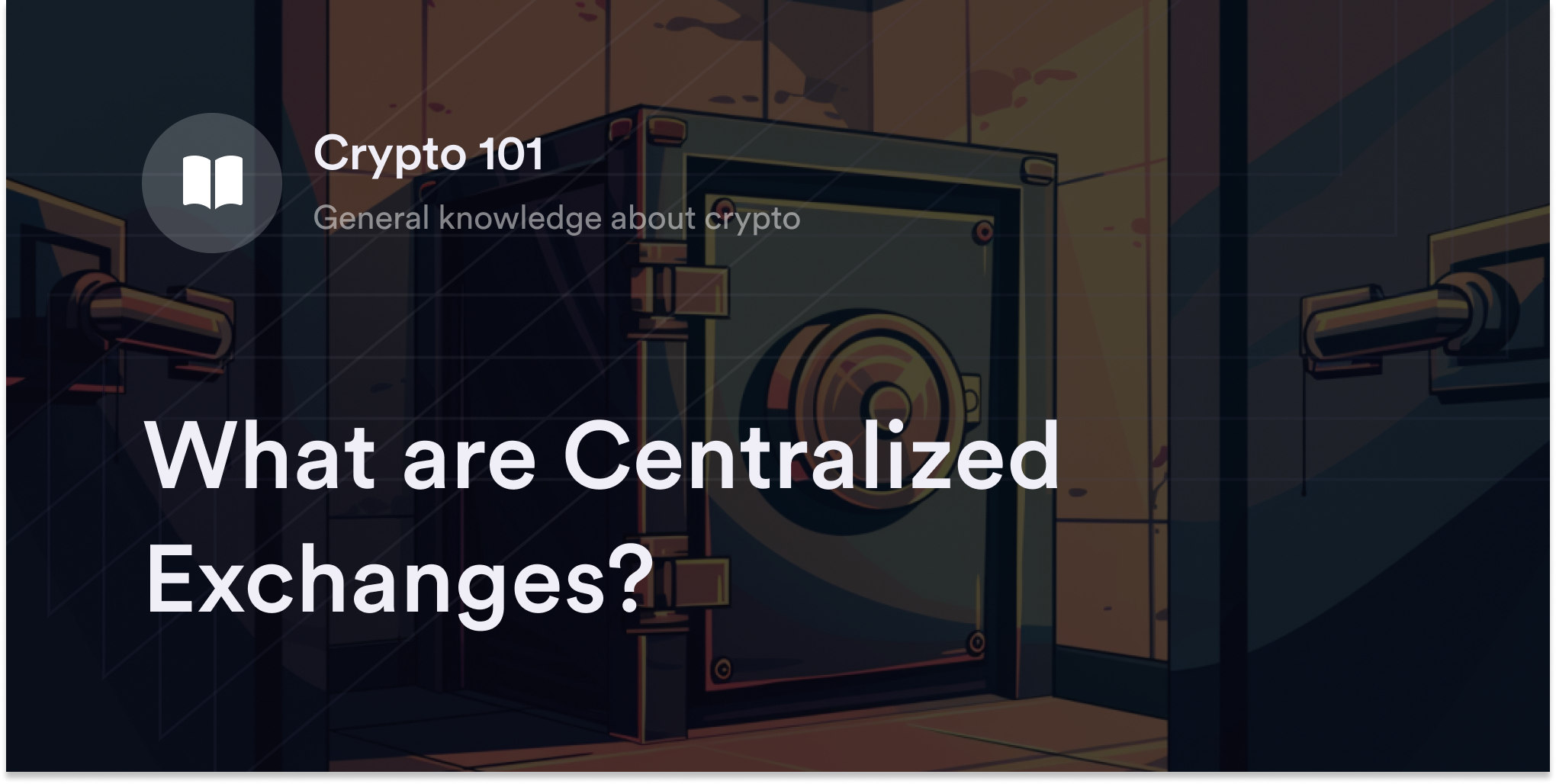


Numerous blocks of crypto transfers exist, and they’re piling up as we speak. This means increasing storage demand for maintaining a blockchain's comprehensive history, placing a significant burden on computers (aka nodes). Downloading and preserving a complete transaction history is essential for ensuring network security, transparency, and decentralization, but the process increasingly challenges efficiency as the scale of cryptocurrencies expands.
To make these ever-expanding data requirements manageable for nodes, blockchain developers created systems that summarize transaction data without introducing centralization or sacrificing security. Enter Merkle trees––one of the most widely used cryptographic technologies designed to optimize blockchain data storage for peak efficiency.
In this guide, we’ll break down Merkle trees, how they power blockchains like Bitcoin and Ethereum (ETH), and how they help Web3 branch out.
What is a Merkle tree in crypto?
A Merkle tree, also called a hash tree, is a data structure technique used to organize, summarize, and encrypt transaction data on cryptocurrency blockchains. Computer scientist Ralph Merkle introduced and patented the idea in 1979, and it has since become a popular method for processing and arranging information on networks using cryptographic technologies.
Merkle trees, as the name suggests, have a hierarchical tree-like structure with a foundational Merkle root, which leads to Merkle branches and Merkle leaves. In this model, the leaves contain a unique ID for single transactions, branches contain data of combined leaf transactions, and the root contains a summary of all the transaction information in each block.
All this data is interrelated, with the Merkle root representing the data in one single space. This allows Merkle trees to reduce the memory storage burden for nodes, as they don't need to record every individual transaction as long as they have the root. The clear organizational structure of Merkle roots also makes it easier for node operators and crypto traders to search through transaction data and pinpoint individual transactions.
How does a Merkle tree work in blockchain?
Before diving into how Merkle trees work, let’s review the basics of cryptographic hash functions.
A hash function is an irreversible, unique, and fixed alphanumeric string symbolizing an associated piece of digital data (aka an input value). In the case of cryptocurrencies, the inputs are transactions on the blockchain, meaning every time someone sends crypto, it goes through a hashing function and receives a distinct hash value.
Merkle trees use a cryptographic hash function’s determinacy and reliability to summarize every transaction by constantly combining transfer info and creating new hashes until they reach the Merkle root. In this bottom-up system, blockchains first create hashes for each separate transaction (i.e., Merkle leaves). Then, these trees combine leaf values to create hashes for Merkle branches and continue this Merkle hashing process until they reach one hash value for every transaction in the block (i.e., the Merkle root).
What are the benefits of Merkle trees in blockchain?
Cryptocurrencies majorly use Merkle trees to take advantage of data compression, making transaction verification easier for node operators. But beyond enhancing blockchains’ efficiency, Merkle trees introduce a few security features to decentralized protocols. Here are a few:
Creates compact files for large datasets: Since each Merkle root hash is a complete representation of multiple transactions in a block, storing and sharing up-to-date records on network activity takes considerably less memory space. The lower data burden makes it easier for more blockchain nodes to participate in validation, enhancing a crypto network's decentralization, scalability, and efficiency.
Provides tamper detection: Each hash in a Merkle tree relates to earlier transaction values, so there's no way to change information associated with a leaf, branch, or root without altering the entire network. The complex interrelationship of hash values in Merkle trees makes it simple for nodes to spot signs of data tampering and keep their networks error-free.
Boosts security with collision resistance: Along with tamper protection, cryptographic hash functions in Merkle trees are collision-resistant, meaning it's computationally infeasible for any two input values to produce the same hash. This feature further enhances blockchains’ integrity, ensuring all the data contained in Merkle trees has unique and cryptographically verifiable identifiers.
What is a Merkle tree proof of reserve?
Merkle trees are commonly associated with processing transactions on blockchains like Bitcoin, but they've also become a popular tool for verifying treasuries on crypto exchanges and decentralized applications (dApps).
In crypto, proof of reserve (PoR) refers to a transparent report on the assets and liabilities of a cryptocurrency business or a Web3 protocol. Often, exchanges create a Merkle tree using each client's account data as a leaf to build up to a Merkle root for their liabilities. Thanks to the tamper-resistance of hash functions on Merkle trees, it's easy for third-party auditors to prove the legitimacy of PoR claims and verify their reported on-hand assets meet current liabilities.
This method also provides crypto traders a path to identify their transaction data (or leaves) within the overarching root function. Exchanges also use other techniques to prove PoR (e.g., screenshots at regular intervals), but Merkle trees have become a more standard method due to their transparency and lack of third-party intermediaries.
Merkle trees vs. Verkle trees: What's the difference?
First introduced by computer scientist John Kuszmaul in 2018, Verkle trees are the latest iteration of Merkle trees, aiming to further increase scalability. To slim the bandwidth used on Merkle trees, developers behind Verkle trees propose using a technology called vector commitments to produce cryptographically secure branches from leaves rather than cryptographic hash functions. The proposed benefit of this model is it requires less data from nodes to prove a transaction’s validity, as they only need to scan a relatively small proof rather than use the associated hash values in the Merkle tree model.
Verkle trees aim to offer greater scalability for blockchains—and projects like Ethereum are incorporating them into major updates—but they’re one of the more experimental technologies in the cryptocurrency sector. It may take years before developers fully grasp the complexities of Verkle tree deployment and test the pros and cons of this model versus traditional Merkle trees.
Deepen your crypto knowledge on dYdX Academy
Curious to learn more about the intricate technologies behind blockchain and crypto? Check out dYdX Academy for more informative articles on the latest Web3 innovations like ZK rollups, liquidity pools, and smart contracts. dYdX also offers a decentralized trading platform for eligible traders interested in crypto perpetual swaps. Discover the benefits, features, and news on dYdX's suite of services on our official blog, and eligible traders can start trading on dYdX today.
Disclosures
The content of this article (the “Article”) is provided for general informational purposes only. Reference to any specific strategy, technique, product, service, or entity does not constitute an endorsement or recommendation by dYdX Trading Inc., or any affiliate, agent, or representative thereof (“dYdX”). Use of strategies, techniques, products or services referenced in this Article may involve material risks, including the risk of financial losses arising from the volatility, operational loss, or nonconsensual liquidation of digital assets. The content of this Article does not constitute, and should not be considered, construed, or relied upon as, financial advice, legal advice, tax advice, investment advice, or advice of any other nature; and the content of this Article is not an offer, solicitation or call to action to make any investment, or purchase any crypto asset, of any kind. dYdX makes no representation, assurance or guarantee as to the accuracy, completeness, timeliness, suitability, or validity of any information in this Article or any third-party website that may be linked to it. You are solely responsible for conducting independent research, performing due diligence, and/or seeking advice from a professional advisor prior to taking any financial, tax, legal, or investment action.
You may only use the dYdX Services in compliance with the dYdX Terms of Use available here, including the geographic restrictions therein.
Any applicable sponsorship in connection with this Article will be disclosed, and any reference to a sponsor in this Article is for disclosure purposes, or informational in nature, and in any event is not a call to action to make an investment, acquire a service or product, or purchase crypto assets. This Article does not offer the purchase or sale of any financial instruments or related services.
By accessing this Article and taking any action in connection with the information contained in this Article, you agree that dYdX is not responsible, directly or indirectly, for any errors, omissions, or delays related to this Article, or any damage, injury, or loss incurred in connection with use of or reliance on the content of this Article, including any specific strategy, technique, product, service, or entity that may be referenced in the Article.







